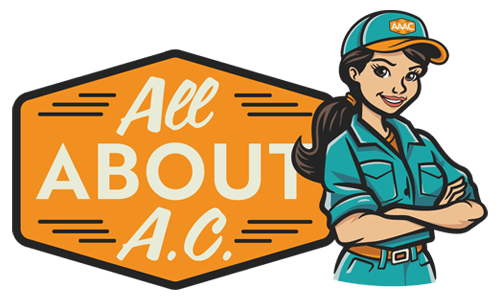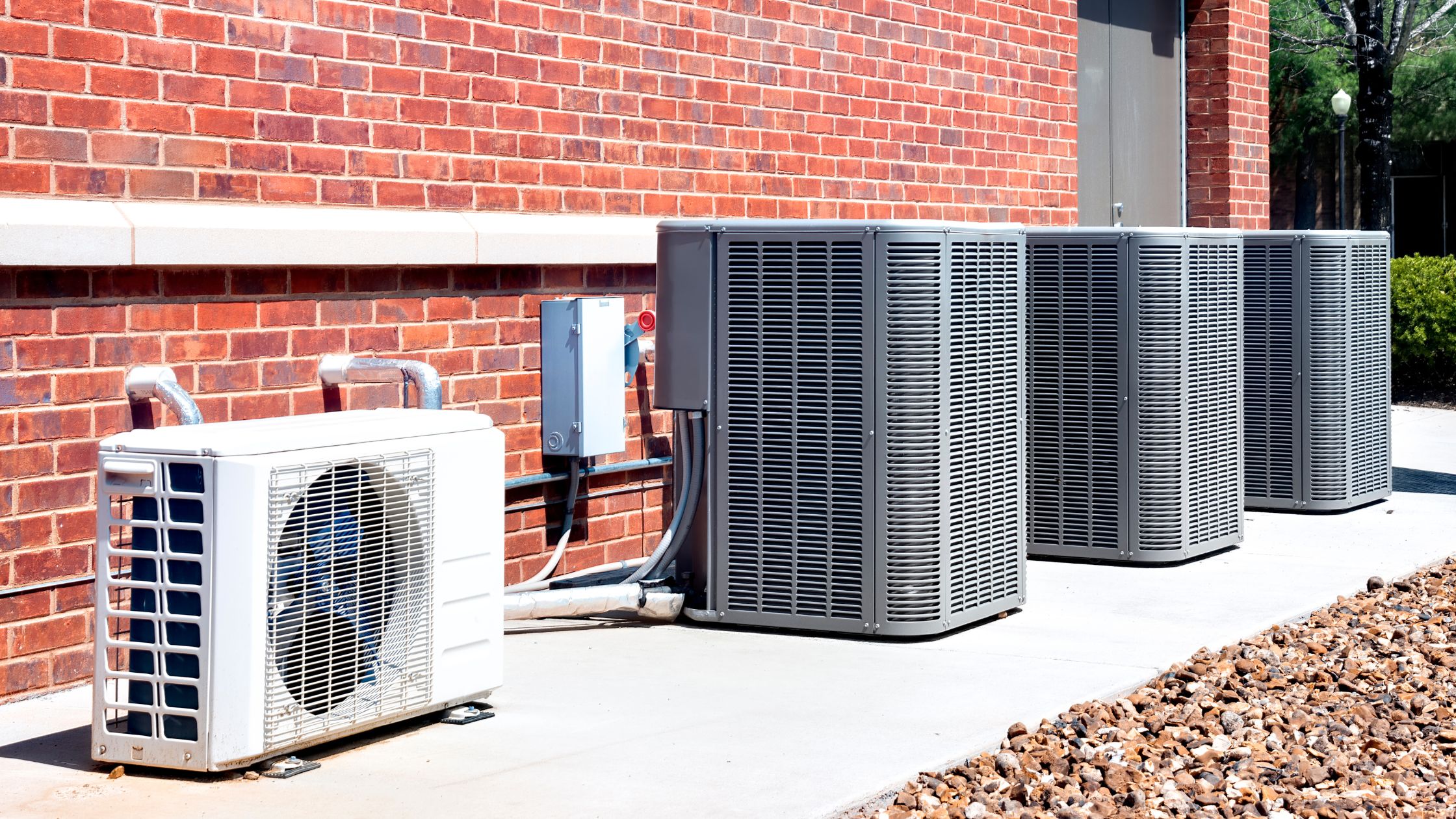Heating, Ventilation, and Air Conditioning, abbreviated as HVAC, are essential for indoor climate control. When integrated within a structure, HVAC meticulously governs temperature, moisture levels, and the overall purity of air. HVAC delivers warmth in colder seasons, cooling relief in hotter periods, and continuous ventilation year-round.
The conditioned air has to be circulated through a network of ducts that deliver comfort to every room. Modern HVAC systems also contribute to air quality through dust elimination and the removal of various allergens and pollutants from the air. It ensures a healthy, comfortable interior environment, no matter the season.
Component of HVAC Systems
The essential components of an HVAC system work together to regulate temperature, air quality, and airflow throughout a building’s space. Each piece serves a different function that helps the system run efficiently and effectively. The various parts, from the thermostat to the ductwork, have been designed to ensure comfort and energy efficiency. Knowing what each part is used for allows one to understand how HVAC works seamlessly. Let’s examine a typical HVAC system and its various components.
1. Thermostat Heat Generator
The thermostat is the command center of an HVAC system. It allows the setting of desired temperature variables, which regulate the timings of when heating or cooling is required. Once the temperature strays from the set point, the thermostat sends a signal to the system on or off to maintain consistent indoor comfort.
2. Heat Exchanger
It is an integral part of the heat transfer operation in heating that allows the HVAC to conduct thermal energy from the heat source to the air while keeping combustion gases separate from the indoor environment. Heated air, warmed by streaming across the exchanger, now flows through the ductwork to distribute the heat throughout the house.
3. Blower/Fan Motor
The blower, or the fan motor, moves heated or cooled air via ductwork into the living spaces. It operates based on signals from the thermostat that call for consistent airflow. The blower ensures that conditioned air circulates throughout the building for maximum comfort and efficiency.
4. Condenser Coil
The condenser coil, located in the outside unit of the HVAC system, sheds heat gathered from within the home to the air outside. As the refrigerant courses through this coil, it enables heat to escape while shifting from a gas form back into a liquid, thus wrapping up the cooling phase.
5. Compressor
The compressor, acting as the fundamental engine of the HVAC’s cooling operation, resides in the exterior portion. It exerts a force upon the refrigerant, compelling it to shift from a state of minimal pressure into one of elevated pressure and temperature. This transformation facilitates the refrigerant’s journey throughout the apparatus, making possible the crucial exchange of thermal energy required for achieving efficient cooling outcomes.
6. Evaporator Coil
The evaporator coil is inside the HVAC system’s indoor unit. It absorbs heat from the indoor air by evaporating refrigerant into a gas. As warm air passes over the cold coil, the air cools down and then distributes via the ducts to lower the temperature inside.
7. Ductwork and Vents
Ducts and vents are distribution methods for air conditioning in an HVAC system. Ducts carry heated or cooled air from the HVAC unit into rooms, and vents release the air into the living space. Properly designed ductwork means sufficient airflow and consistent comfort throughout.
8. Combustion Chamber
Combustion chambers are significant parts of HVAC systems powered by gas or oil and usually come in furnaces. They are places where fuel mixes with air and then combusts, developing heat. The heat is transferred to the heat exchanger, while combustion gases are safely vented outside for efficient and safe heating.
9. Filter
It will make the air in your house cleaner since dust, allergens, and other air particles get filtered out. Also, it stops the dirt buildup on the internal components of the system and ensures that, for a longer time, the operation is effectively executed. The need to keep good quality of air and to ensure optimal performance amongst air systems, there is a requirement for regular cleaning or filter replacements.
How Does an HVAC System Work?
The HVAC system was interrelated steps maintained in indoor temperature, air quality, and airflow. It starts with the internal thermostat that monitors indoor temperatures and signals the system to turn on when the temperature strays from the set point.

The heat is generated by the heat generator, usually through a furnace or boiler, which ignites fuel or electric resistance to create heat. The generated heat is now passed on to the heat exchanger, which heats the air without mixing combustion gases.
The system finally extracts room heat to cool the compressor and condenser coil. The compressor pressurizes the liquid refrigerant, unfolding it as a high-pressure gas flowing to the outdoor condenser coil. There, it gives up its heat to the outside air and chills into a liquid.
It is designed so that the air passing over the cold evaporator coil is cooled and circulated with the help of a blower and the duct system. During this, a filter purifies the air of dust, allergens, and other minute particles.
To install an HVAC system efficiently or reliably, one should approach All About Air Conditioning & Heating, which has earned trust through experience in keeping homes and offices comfortable.


